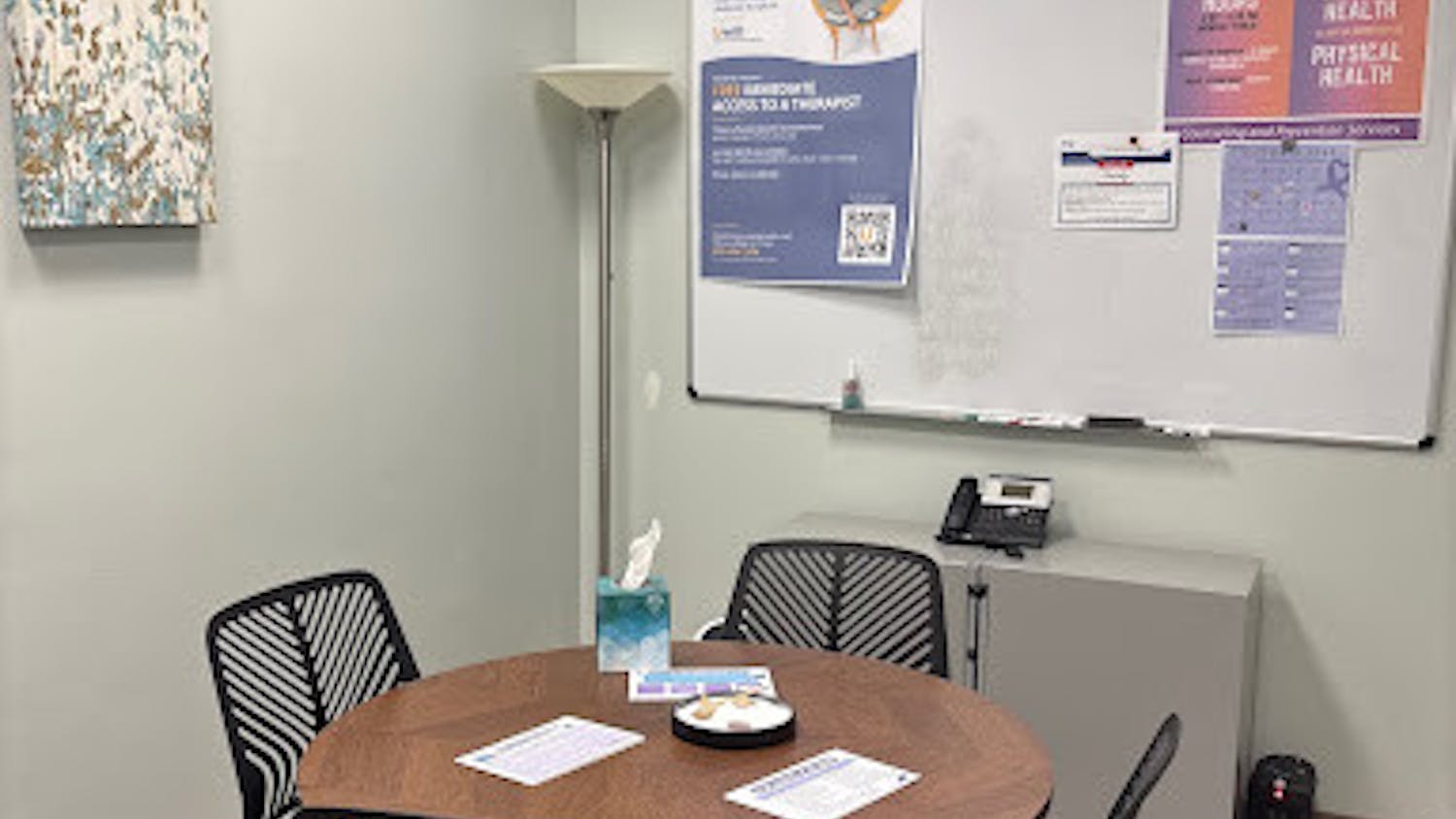A mother may whisper songs to her child at tuck-in time about diamonds above the world so high or rhymes about small dogs laughing at cows hurdling moons. After she leaves, he may softly pad over to the window to wish with all his may and might for the wish - a pony, a telescope, a College education - that he wishes tonight.
Man, since the ancients named the constellations, has been fascinated with the nighttime firmament.
"Looking at the starry sky is similar to looking at a beautiful sunset or painting," Raymond Pfeiffer, astronomy professor, said. "Studying the night sky also gives some people a broader view of the world of physical reality in which they are constrained to live for their entire existence."
College students, in the absence of mothers to tuck them in, can stay up as late as they wish. Thus, while children are nestled snug in their beds, grown-up children can view the heavens and find more than just wishes and diamonds.
Astronomy and physics students use two of the College's three observatory towers and the planetarium, but few students outside of these classes have taken advantage of the facilities.
"Normally only people in the astronomy classes go," Chris Voinier, senior physics major, said.
While a trained faculty member has to be present to operate the planetarium, an observatory is open 7 p.m. to 9 p.m. Monday through Thursday until daylight-savings time, when it will be open from 8 p.m. to 10 p.m.
Under encouragement from resident astrophysicists, professors Pfeiffer and Thulsi Wickramasinghe, Voiner and junior physics major Richard Ottens started an astronomy club.
The club will bring students to the observatories and planetarium shows, hold its first star party April 19th - or 20th if bad weather interferes - and take a trip to the Hayden Planetarium in New York City, which houses a journey through the evolution of the universe according to the Big Bang theory and the largest, most powerful virtual reality simulator in the world to show pictures of the night sky.
Club members will use the Science Complex's equipment, some of which has been left unused because of structural problems.
Two domed observatories house a 16-inch Meade telescope with a camera attached, used mainly by physics students figuring out the radio velocities of stars or the orbital velocity of the earth, and an 11-inch Celestron, a robotic telescope astronomy students use.
The College is in litigation about the improperly built Science Complex. The observatories should have been built isolated from the rest of the building, because vibrations from nearby pipes distort the telescopic images.
One unusable open-air observatory that would hold six telescopes was built above a mechanical room. It does not have an occupancy permit yet, but even if students were allowed in, it is useless for astronomical observations.
A structural consultant visited the College to review what can be done to fix the vibrations. His report should be available this week, according to director of Facilities Operations Joseph Sullivan.
Light pollution further aggravates the vibration problem.
"It's a waste of energy to broadcast all that light up into the sky," Pfeiffer said about lights on campus.
Campus lights reflect off the metal interior of the dome, interfering with images.
"We need to come up with a means to minimize and eliminate light pollution," Sullivan said. "It's a lot more than throwing plates on top of the lights."
Sullivan said a lighting consultant will work on the problem this spring.
While in good working condition, the 48-seat, handicapped accessible, 30-foot diameter planetarium, is usually inaccessible to students because of its delicacy. The planetarium's German designer taught professors how to align the 24 slide projectors and to simulate the Big Bang, the night sky, clouds, a setting and rising sun, visuals of constellations and the earth's rotation.
"Anyone who doesn't take astronomy is just a useless person," Paul Hiack, Professor Emeritus, said, drawing laughs from the other astronomy professors.
Hiack has been in the physics program at the College for over 40 years, and the planetarium is going to be named after him.
He slipped in an Eddie Howard CD that resonated in the simulated night sky. The planetarium, though the professors stress that it is not a toy, can play music, and the projector can display any planetarium show, slide show or DVD.
In the observatory tower, viewers can check out the mountains and craters of the moon or try to make out the nearest galaxy, Andromeda. Star gazers should look out for Saturn's rings, Jupiter, Venus and Mars. In June, Saturn and Venus can be seen together just after sunset. On Aug. 12, the Perseid meteor shower will peak at 60 meteors per hour.
To find out what is going on in this week's sky, dates for upcoming meteor showers and sky charts, visit skyandtelescope.com.
Visit the astronomy club's Web site at tcnj.edu/~altair for directions to the observatory, astronomy links, meeting times and events.
Also, for those not too grown up to wish on a "shooting star" from a dorm-room window, every night an hourly average of six meteors paint bright, quick lines across the sky.






